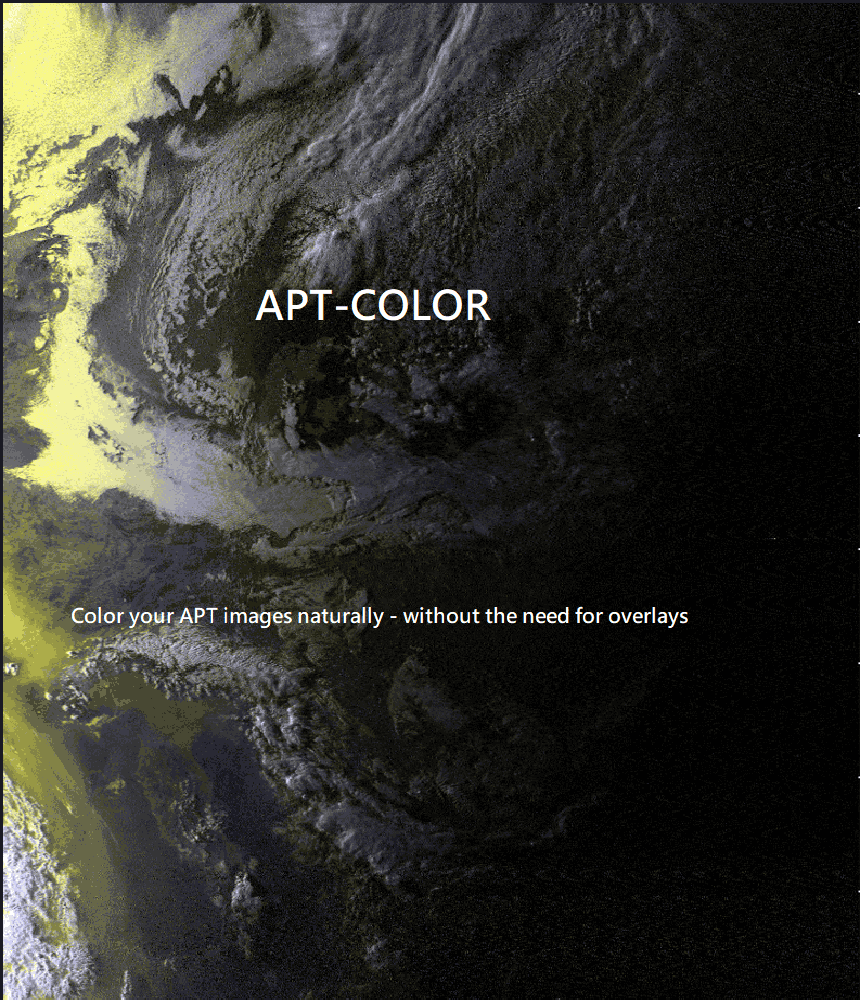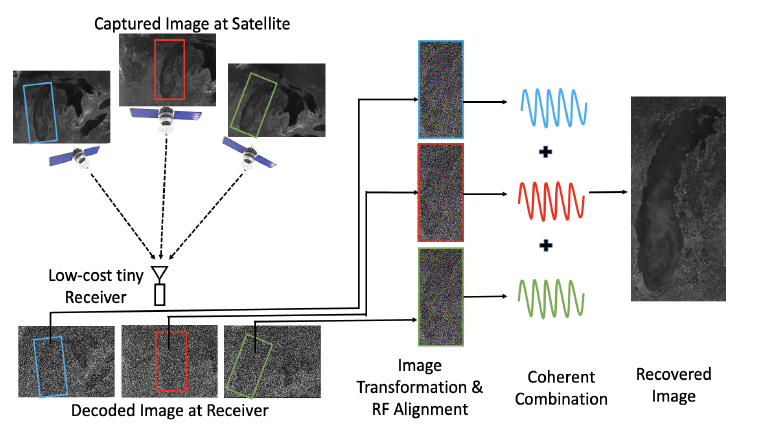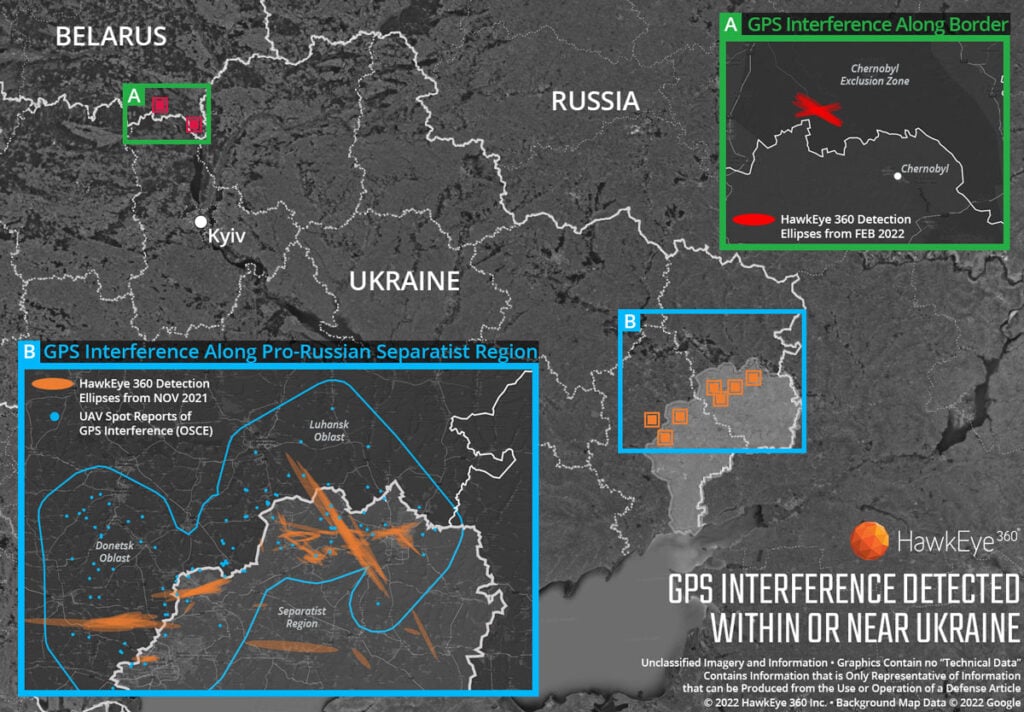APT_COLOR: Add False Color to Black and White NOAA APT Images
Thank you to Sasha for submitting news about the release of their latest application called "apt_color". The most popular application for decoding APT weather satellite images from NOAA polar orbiting satellites is WXtoIMG. However, WXtoIMG is closed source and is abandonware. There are APT decoder alternatives, however unlike WXtoIMG most other open source APT decoders only provide black and white images, and do not have a false color feature.
The apt_color application can be used to turn black and white APT images received from NOAA satellites into false color images. Sasha writes:
I am working on an APT false color application here. The application is still in the very, very, early stages but still seems to produce good results. It does not need to rely on any overlays, it simply works off the data you give it - the original decoded image data. I will attach some results. NOAA-18 seems to be the best suited spacecraft for this program.




